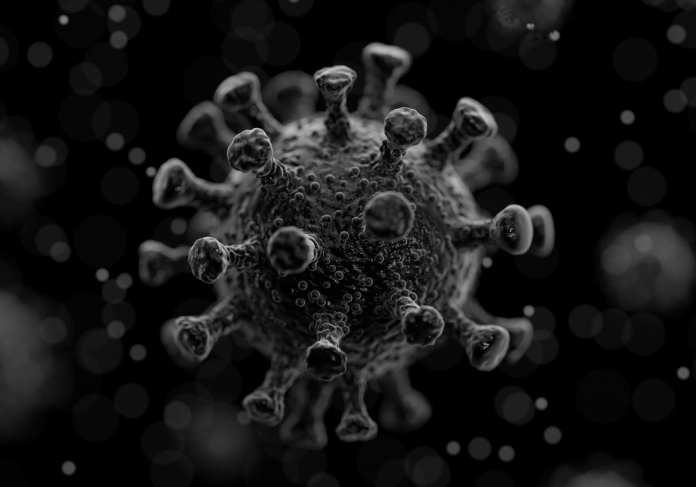Scientists are in a race to beat the new coronavirus. Whether it will be a vaccine or something completely different, we’re all hoping that intensive research will lead to a way to slow down or stop the progress of this global outbreak. Good news is that researchers at the University of Minnesota (UM) have made great progress in this regard.
The team, which involved nine researchers, investigated the structure of the “spike” protein on the surface of the new coronavirus – officially named SARS-CoV-2 – by using X-ray crystallography.
This technique can help scientists determine the three-dimensional (3D) structure of molecules, such as proteins, explains Science Direct. With this technique, the researchers created a 3D model of what the spike protein looks like and how it latches onto human cells.
Their research was published in the journal Nature.
New coronavirus has ‘ridge’ slightly different to SARS
In their paper, the researchers explain that the Covid-19 strain of coronavirus has a number of mutations that form a compact “ridge” in the spike protein, and this ridge is more compact than the one in the SARS virus: “Compared with the SARS-CoV RBD, a hACE2-binding ridge in SARS-CoV-2 RBD takes a more compact conformation,” the paper reads. The authors further explain that this may potentially be one of the reasons why the Covid-19 strain is so effective at infecting humans.
“The 3D structure shows that compared to the virus that caused the 2002–2003 SARS outbreak, the new coronavirus has evolved new strategies to bind to its human receptor, resulting in tighter binding,” Li, co-author of the paper, told The Guardian, adding that this tight binding to the human receptor helps the virus to infect human cells and spread among the human population.
Bats vs. pangolin as source of outbreak
It was originally believed that the new coronavirus may have developed in bats – and later pangolins. However, recent research, including a study carried out by scientists at the South China Agricultural University that tested 1 000 samples from wild animals, discovered that the genome sequences of viruses found on pangolins to be 99% identical to those on coronavirus patients, News24 reports.
Similarly, the UM study analysed similar strains of the coronavirus in bats and pangolins, and found that there was one particular strain of the pangolin virus that ended up having an even better human receptor fit.
“Our work can guide the development of monoclonal antibodies that would act like a drug to recognise and neutralise the receptor-binding part of the spike protein,” Li said, adding: “Or, a part of the spike protein could become the basis of a vaccine.”



























